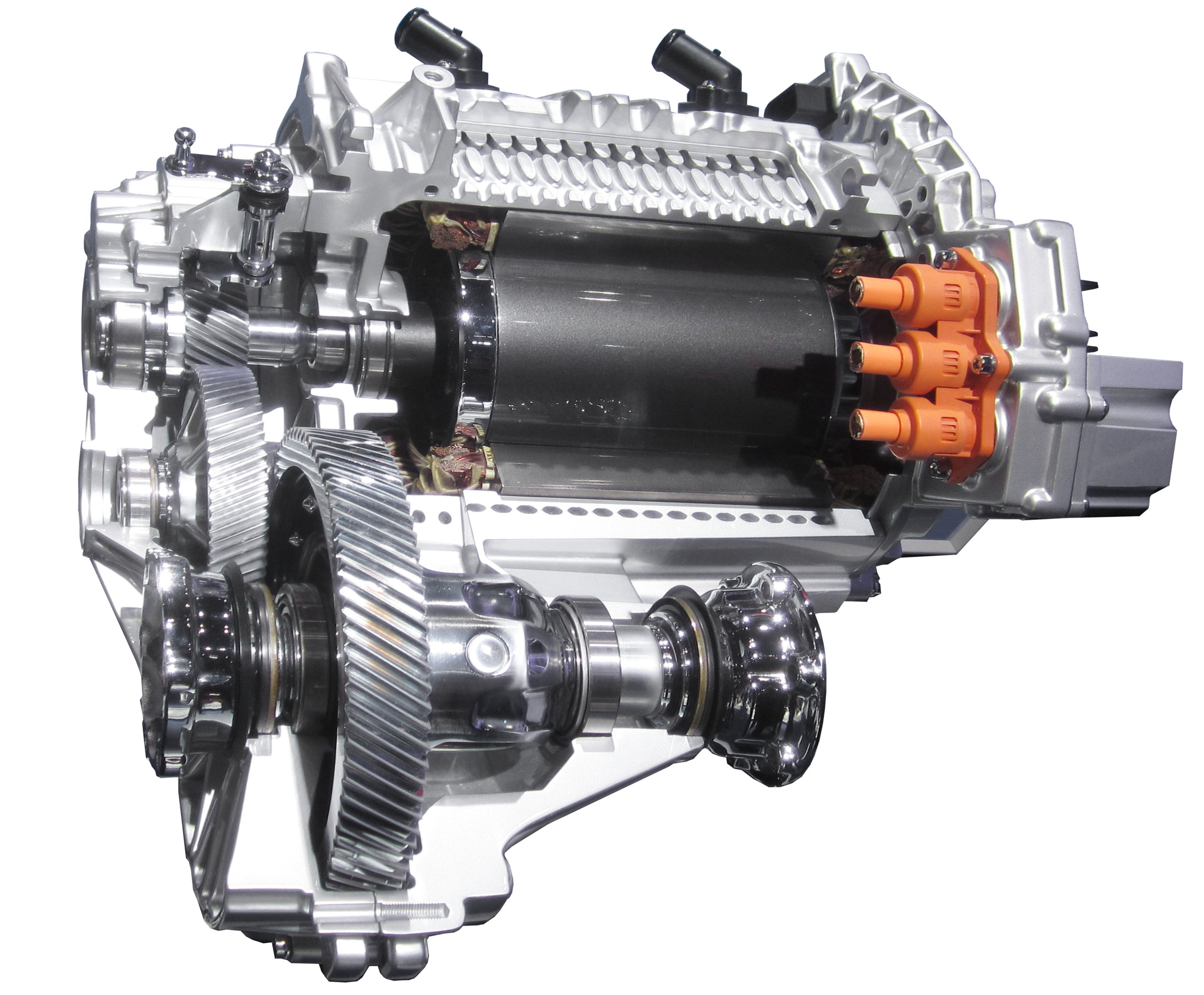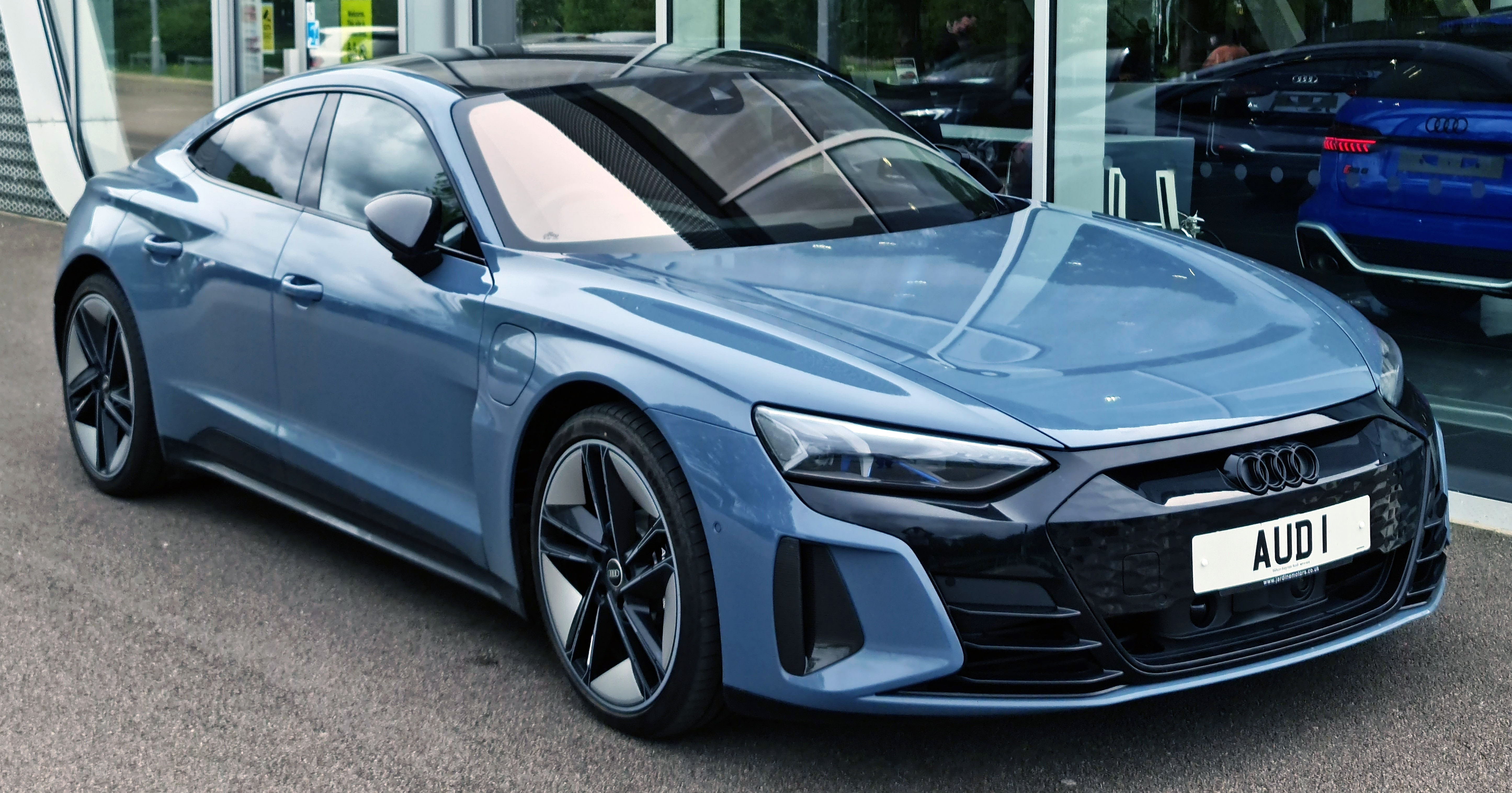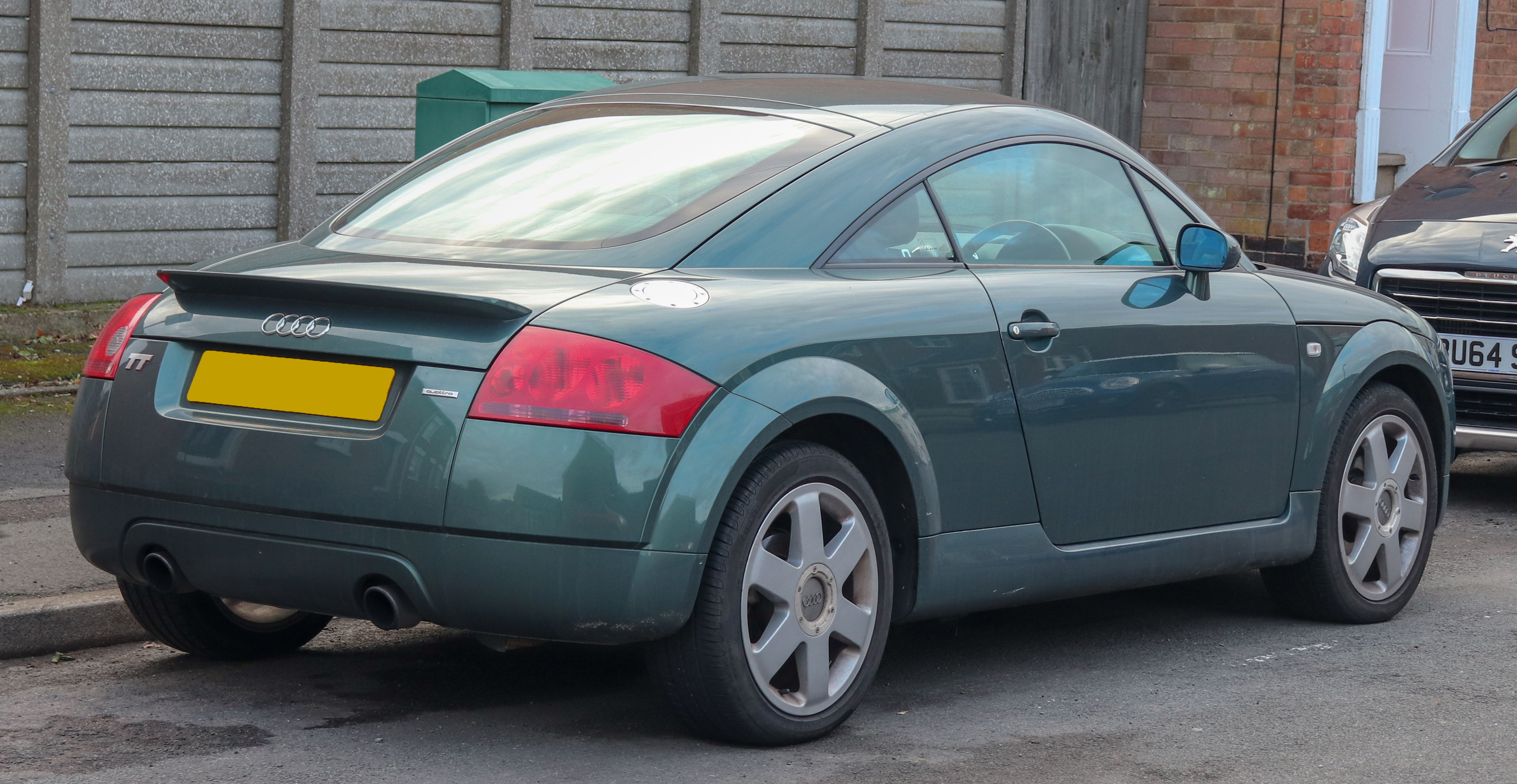|
Volkswagen Golf Mk7
The Volkswagen Golf (Mk7) is a C-segment car manufactured by German automobile manufacturer Volkswagen. It is the seventh generation in the Volkswagen Golf, Golf series and the successor to the Volkswagen Golf Mk6, Golf Mk6, and was introduced in Berlin on 4 September 2012, before a public launch at the 2012 Paris Motor Show. Sales in Europe began with the model in November 2012. Marketed in three-door and five-door hatchback, van, and station wagon, estate forms, the Golf Mk7 shares the Volkswagen Group MQB platform, MQB platform with the third generation Audi A3, SEAT León and Škoda Octavia. In November 2016, Volkswagen presented a Facelift (automotive), facelift of the Golf Mk7. It was replaced in December 2019 by the Volkswagen Golf Mk8, Golf Mk8, which is built on the Volkswagen Group MQB platform#MQB Evo (2019), MQB Evo platform. Production of the e-Golf and the Golf Variant ended in mid-2020. Overview Compared with the previous generation, the Golf Mk7 has a more s ... [...More Info...] [...Related Items...] OR: [Wikipedia] [Google] [Baidu] |
Volkswagen
Volkswagen (VW; )English: , . is a German automotive industry, automobile manufacturer based in Wolfsburg, Lower Saxony, Germany. Established in 1937 by German Labour Front, The German Labour Front, it was revitalized into the global brand it is today after World War II by British Army officer Ivan Hirst. The company is well known for the Volkswagen Beetle, Beetle and serves as the flagship marque of the Volkswagen Group, which became the world's largest automotive manufacturer by global sales in 2016 and 2017. The group's largest market is automotive industry in China, China (including Hong Kong and Macau), which accounts for 40% of its sales and profits. The name derives from the German words and , meaning . History 1932–1944: People's Car project Volkswagen was established in 1937 by the German Labour Front () as part of the Strength Through Joy () program in Berlin. In the early 1930s, cars were a luxury—most Germans could afford nothing more elaborate than a mo ... [...More Info...] [...Related Items...] OR: [Wikipedia] [Google] [Baidu] |
Marc Lichte
Marc Lichte is a German automobile designer. He was the head of design at Audi from February 2014 to May 2024. Early life He grew up in the north-west region of West Germany. He studied Transportation Design at a German university. Career He joined Volkswagen Group in 1996. At VW he was taught by Hartmut Warkuß, the designer of the first Audi 80 The Audi 80 is a compact executive car produced by the Audi subdivision of the Volkswagen Group across four generations from 1966 to 1996. It shared its platform with the Volkswagen Passat from 1973 to 1986 and was available as a Saloon (autom ..., and the former head of design at Audi for twenty five years. Work * Audi e-tron GT * Audi Grandsphere concept * Volkswagen Golf Mk5 * Volkswagen Golf Mk6 * Volkswagen Golf Mk7 * Volkswagen Passat (B8) * Volkswagen Arteon See also * Jörg Bensinger, developer of Audi's four-wheel transmission References External links Audi {{DEFAULTSORT:Lichte, Marc 1969 births Livi ... [...More Info...] [...Related Items...] OR: [Wikipedia] [Google] [Baidu] |
Škoda Octavia
The Škoda Octavia is a small family car (C-segment) produced by the Czech Republic, Czech Automotive industry, car manufacturer Škoda Auto since the end of 1996. It shares its name with an Škoda Octavia (1959–71), earlier model produced between 1959 and 1971. Four generations of the modern-era Octavia model have been introduced to date, delivered with five-door liftback or five-door station wagon, estate styles only. The car is front engined and both front- or four-wheel drive are offered. Around five million units have been sold in its two decades of presence on the market. The Octavia is Škoda's most popular model; about 40% of all newly manufactured Škoda cars are Octavias. The current generation is available in a wide range of derivatives, i.e. sporty Octavia RS, estate Octavia Combi, four-wheel drive Octavia Scout, frugal Octavia GreenLine and CNG-powered Octavia G-TEC. __TOC__ First generation (''Typ'' 1U; 1996) The first generation Octavia was released in No ... [...More Info...] [...Related Items...] OR: [Wikipedia] [Google] [Baidu] |
SEAT León
The SEAT León (), also spelled Leon in some other languages (named after the city of León, Spain, León, which also means "Lion" in Spanish), is a small family car built by the Spanish car manufacturer SEAT since October 1999.ETKA The first two León generations used two differing variants of the Volkswagen Group A platform, and shared many components with other Volkswagen Group cars. The third and fourth generation use the Volkswagen Group MQB platform, also used by the Audi A3#Mk3, Audi A3 Mk3 and Audi A3#Mk4, Mk4, Volkswagen Golf Mk7 and Volkswagen Golf Mk8, Mk8 and Škoda Octavia#Mk3, Škoda Octavia Mk3 and Škoda Octavia#Mk4, Mk4. First generation (1M; 1999) The Mk1 SEAT León hatchback (codename ''Typ'' 1M) launched in 1999, and was produced at Martorell, with a small number of 13,401 cars assembled in Belgium. Based on the Volkswagen Group Volkswagen Group A platform#A4, A4 (PQ34) platform, it shared components with other VW Group models such as the Volkswagen Gol ... [...More Info...] [...Related Items...] OR: [Wikipedia] [Google] [Baidu] |
Audi TT
The Audi TT is a production front-engine, 2-door, 2+2 sports coupé and roadster, manufactured and marketed by Audi from 1998 to 2023 across three generations. For each of its three generations, the TT has been based on consecutive generations of Volkswagen's "Group A" platforms, starting with its "PQ34" fourth generation. The TT shares powertrain and suspension layouts with its platform mates, including the Audi A3, like a transversely mounted front-engine, powering front-wheel drive or four-wheel drive, and fully independent suspension using MacPherson struts in front. The TT's first two generations were assembled by Audi's Hungarian subsidiary, one of the world's largest engine manufacturing plants, using bodyshells manufactured and painted at Audi's Ingolstadt plant and parts made entirely by the Hungarian factory for the third generation. The last of the 662,762 Audi TTs was manufactured in November 2023. Design Styling of the Audi TT began in the spring of 1994 ... [...More Info...] [...Related Items...] OR: [Wikipedia] [Google] [Baidu] |
Audi A3
The Audi A3 is a small family car (C-segment) manufactured and marketed by the German automaker Audi, Audi AG since September 1996. The first two generations of the Audi A3 were based on the Volkswagen Group A platform, while the third and fourth generations use the Volkswagen Group MQB platform. __TOC__ First generation (''Typ'' 8L; 1996) Audi announced the first generation A3 (''Typ'' 8L) in June 1995. The model was launched for the European market in September 1996 and marked Audi's return to small cars after 19 years, following the demise of the Audi 50 in 1978. The A3 was the first Volkswagen Group model to use the PQ34 (or "A4") Automobile platform, platform, bearing close resemblance to the Volkswagen Golf Mk4, which arrived a year later. Within three years of the A3's launch, the PQ34 platform was utilised by seven different vehicles. Initially, the A3 was only available as a three-door hatchback; this was done to give the model a sportier image and differentiate ... [...More Info...] [...Related Items...] OR: [Wikipedia] [Google] [Baidu] |
Volkswagen Group MQB
The Volkswagen Group MQB platform is the company's strategy for shared modular design construction of its transverse, front-engine, front-wheel-drive layout (optional front-engine, four-wheel-drive layout) automobiles. It was first introduced in the Volkswagen Golf Mk7 in late 2012. Volkswagen spent roughly $8bn developing this new platform and the cars employing it. The platform underpins a wide range of cars from the supermini class to the mid size SUV class. MQB allows Volkswagen to assemble any of its cars based on this platform across all of its MQB ready factories. This allows the Volkswagen group flexibility to shift production as needed between its different factories. Beginning in 2012, Volkswagen Group marketed the strategy under the code name MQB, which stands for ''Modularer Querbaukasten'', translating from German to "Modular Transversal Toolkit" or "Modular Transverse Matrix". MQB is one strategy within VW's overall MB (Modularer Baukasten or modular matrix) program w ... [...More Info...] [...Related Items...] OR: [Wikipedia] [Google] [Baidu] |
Front-engine, All-wheel-drive
In automotive design, an F4, or front-engine, four-wheel drive (4WD) layout places the internal combustion engine at the front of the vehicle and drives all four roadwheels. This layout is typically chosen for better control on many surfaces, and is an important part of rally racing, as well as off-road driving. In terms of racing purposes, whether it be on-road or off-road, can be described as follows, A team that pursues the Weak LS4WD architecture will minimize the development cost of the front-wheel drive system at the expense of having a larger rear powertrain. The Weak architecture produces a vehicle with a large powersplit between the front and rear powertrains, while the Strong architecture recommends a vehicle with more similar power and torque requirements for the front and rear. Most four-wheel-drive layouts are front-engined and are derivatives of earlier front-engine, rear-wheel drive, or front-engine, front-wheel drive designs. The first origins of it were intr ... [...More Info...] [...Related Items...] OR: [Wikipedia] [Google] [Baidu] |
Front-engine, Front-wheel-drive
In automotive design, a front-engine, front-wheel-drive (FWD) layout, or FF layout, places both the internal combustion engine and driven roadwheels at the front of the vehicle. Usage implications Historically, this designation was used regardless of whether the entire engine was behind the front axle line. In recent times, the manufacturers of some cars have added to the designation with the term '' front-mid'' which describes a car in which the engine is in front of the passenger compartment but behind the front axle. The engine positions of most pre– World-War-II cars are ''front-mid'' or on the front axle. This layout is the most traditional form and remains a popular, practical design. The engine, which takes up a great deal of space, is packaged in a location passengers and luggage typically would not use. The main deficit is weight distribution—the heaviest component is at one end of the vehicle. Car handling is not ideal, but usually predictable. In contrast with ... [...More Info...] [...Related Items...] OR: [Wikipedia] [Google] [Baidu] |
Station Wagon
A station wagon (American English, US, also wagon) or estate car (British English, UK, also estate) is an automotive Car body style, body-style variant of a Sedan (automobile), sedan with its roof extended rearward over a shared passenger/cargo volume with access at the back via a third or fifth door (the liftgate, or Trunk (automobile)#Tailgate, tailgate), instead of a trunk/boot lid. The body style transforms a standard Three-box styling, three-box design into a Three-box styling#One-box and Two-Box design, two-box design—to include an Pillar (car), A, B, and C-pillar, as well as a D-pillar. Station wagons can flexibly reconfigure their interior volume via fold-down rear seats to prioritize either passenger or cargo volume. The ''American Heritage Dictionary'' defines a station wagon as "an automobile with one or more rows of folding or removable seats behind the driver and no luggage compartment but an area behind the seats into which suitcases, parcels, etc., can be loaded ... [...More Info...] [...Related Items...] OR: [Wikipedia] [Google] [Baidu] |
Hatchback
A hatchback is a car body style, car body configuration with a rear door that swings upward to provide access to the main interior of the car as a cargo area rather than just to a separated trunk. Hatchbacks may feature fold-down second-row seating, where the interior can be reconfigured to prioritize passenger or cargo volume. While early examples of the body configuration can be traced to the 1930s, the Merriam-Webster dictionary dates the term itself to 1970. The hatchback body style has been marketed worldwide on cars ranging in size from supermini car, superminis to small family cars, as well as executive cars and some sports cars. They are a primary component of sport utility vehicles. Characteristics The distinguishing feature of a hatchback is a rear door that opens upwards and is hinged at roof level (as opposed to the boot/trunk lid of a sedan (car), saloon/sedan, which is hinged below the rear window). Most hatchbacks use a Three-box styling#, two-box design bod ... [...More Info...] [...Related Items...] OR: [Wikipedia] [Google] [Baidu] |








